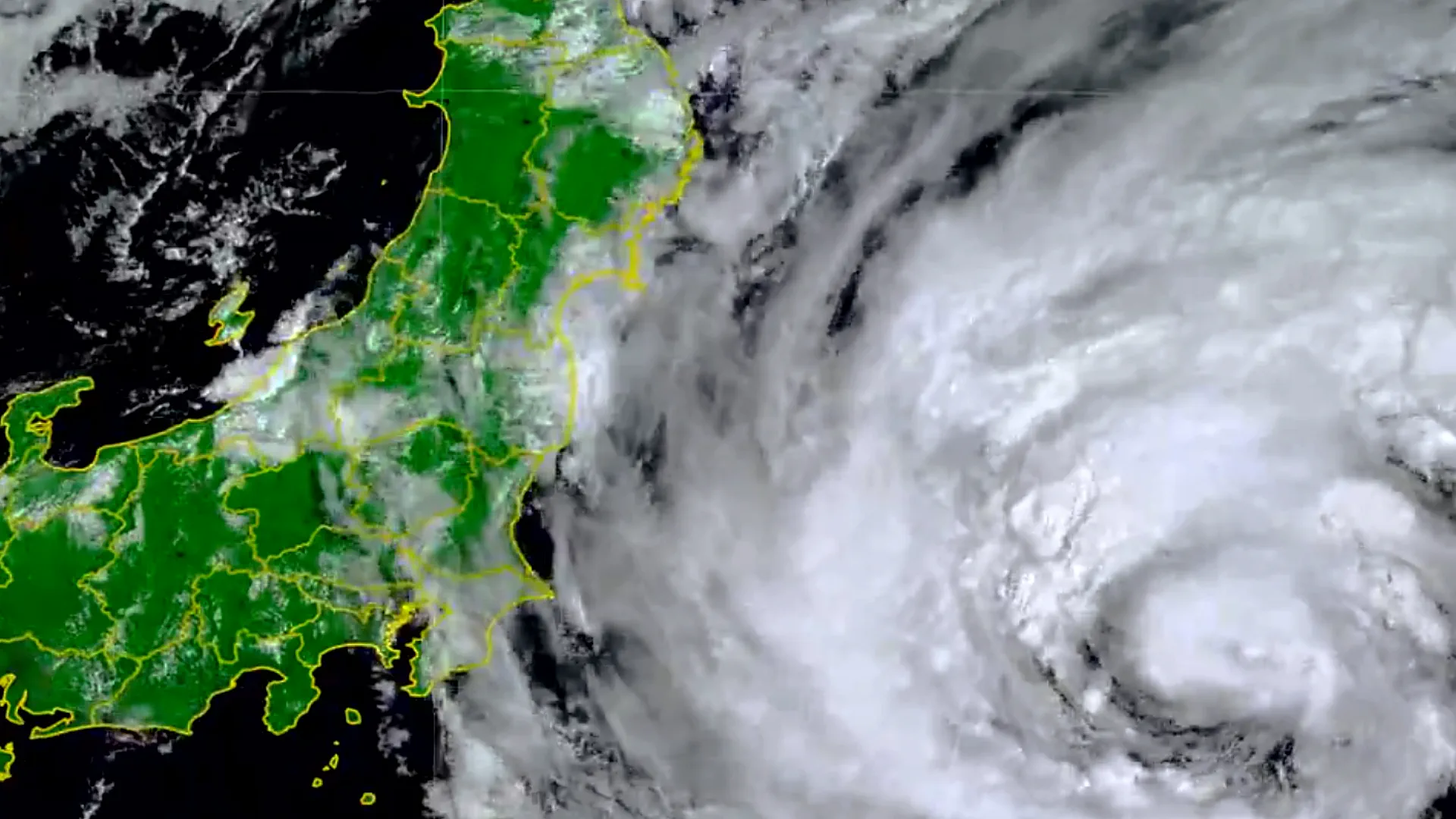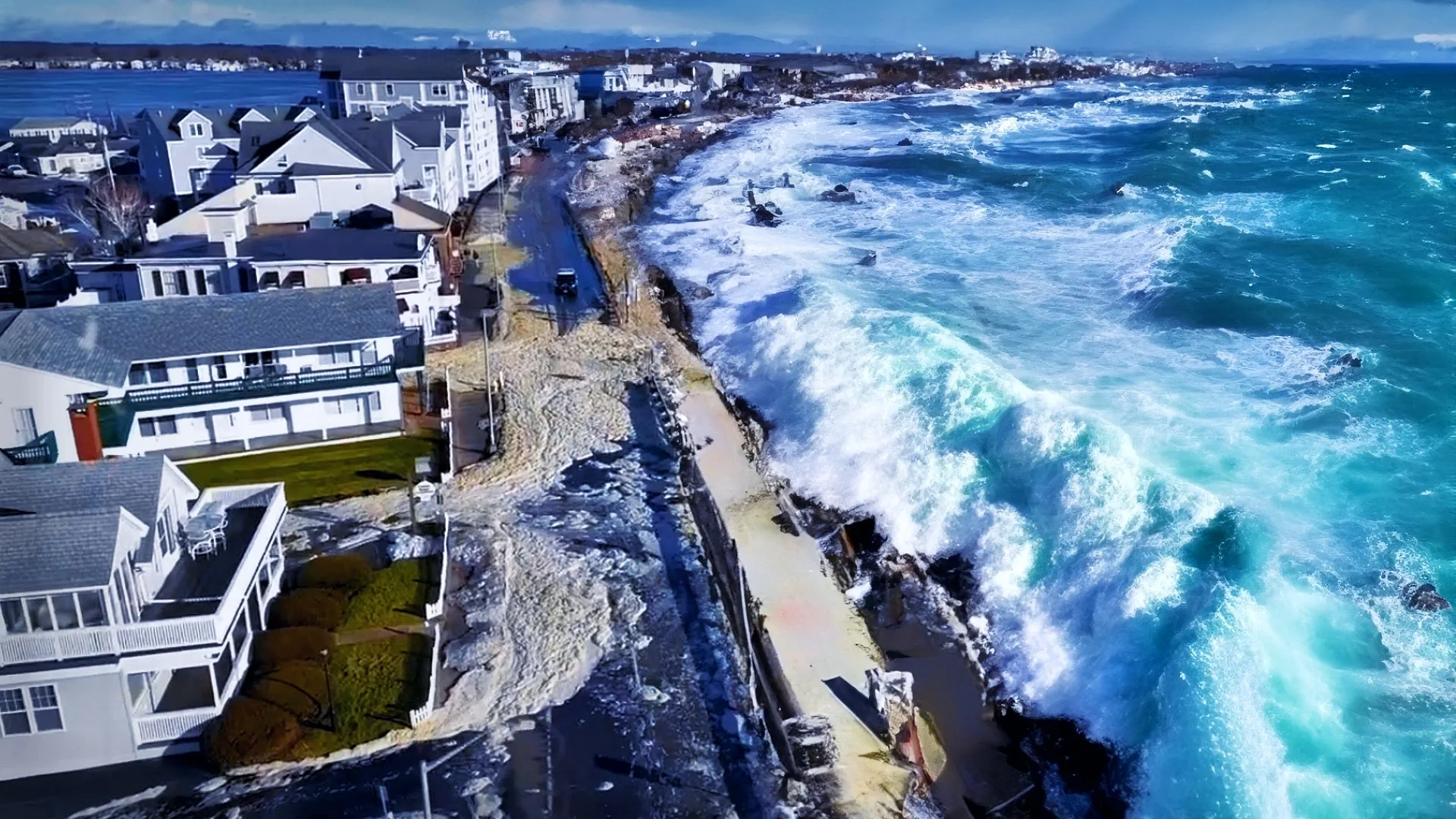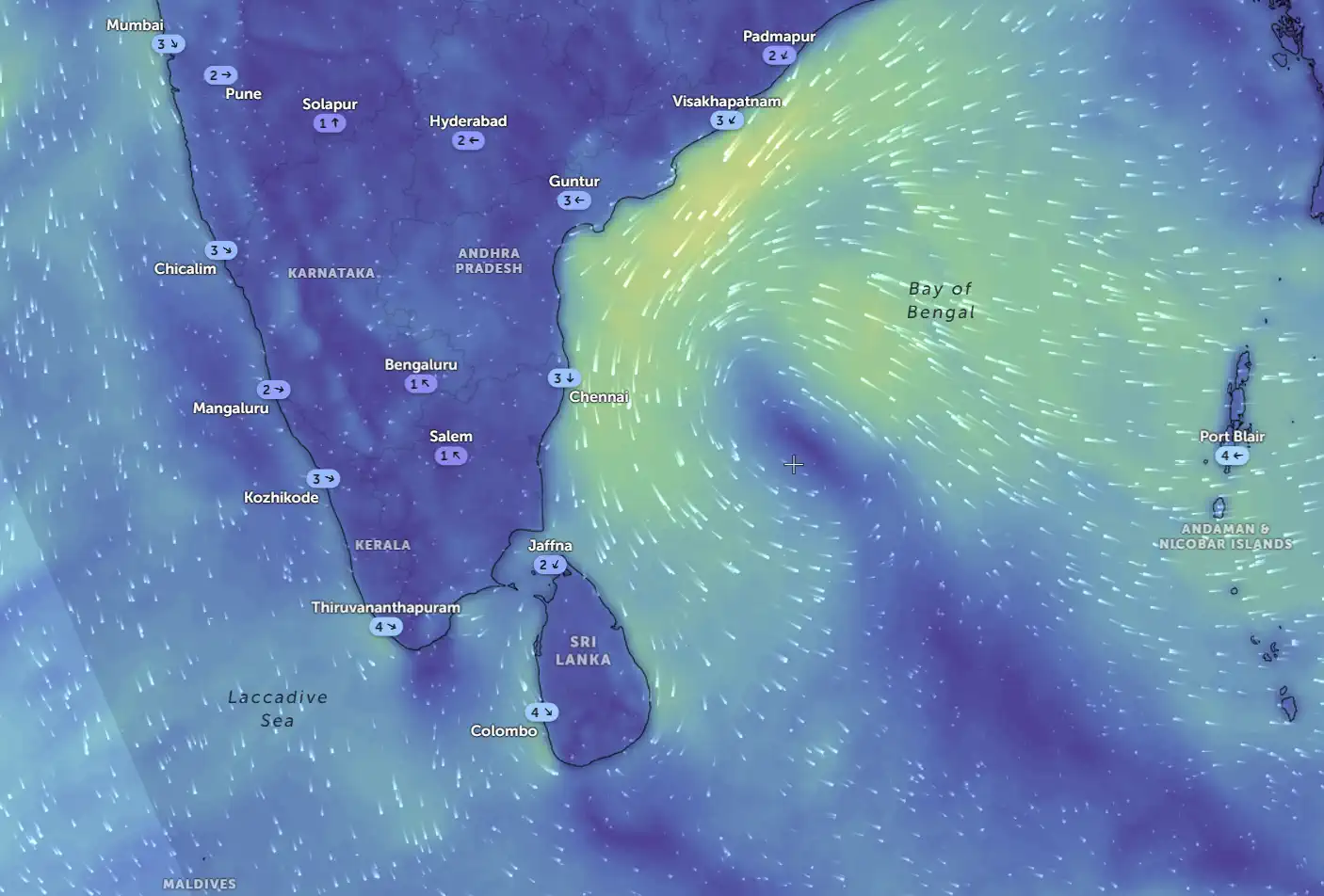
Tropical Storm Maria Brings Havoc to Japan
Tropical Storm Maria made landfall in northern Japan on Monday, August 12, bringing with it record-breaking rainfall and causing widespread disruptions. The storm, initially categorized as a "severe tropical storm," dumped an astonishing 368 millimeters (14 inches) of rain in just 24 hours in Kuji city, Iwate prefecture, surpassing the previous record for the region.
Significant Impacts
Evacuations: Authorities issued evacuation advisories and warnings to over 315,000 residents, leading to approximately 2,000 people seeking shelter.
Infrastructure Damage: The heavy rainfall resulted in power outages affecting around 300 households in Iwate prefecture.
Transportation Disruptions: Dozens of flights were canceled, and regional train services were suspended, causing significant inconvenience to travelers.
Landslide and Flooding Risks: The meteorological agency warned of potential landslides, surging rivers, and flooding in low-lying areas due to the heavy rainfall.
Storm's Path and Weakening
Maria made landfall near Ofunato city in Iwate prefecture and is expected to gradually weaken as it moves northwest across Japan towards the Sea of Japan.
Climate Change Factor
Experts point out that climate change is increasingly contributing to the frequency and intensity of extreme weather events, such as heavy rains and tropical storms.
The storm serves as a stark reminder of the challenges posed by climate change and the importance of disaster preparedness.
Founder and chief forecaster of the Pogodnik service. He has many years of experience in the meteorological service. He is the author of numerous scientific publications and popular articles about the weather.




